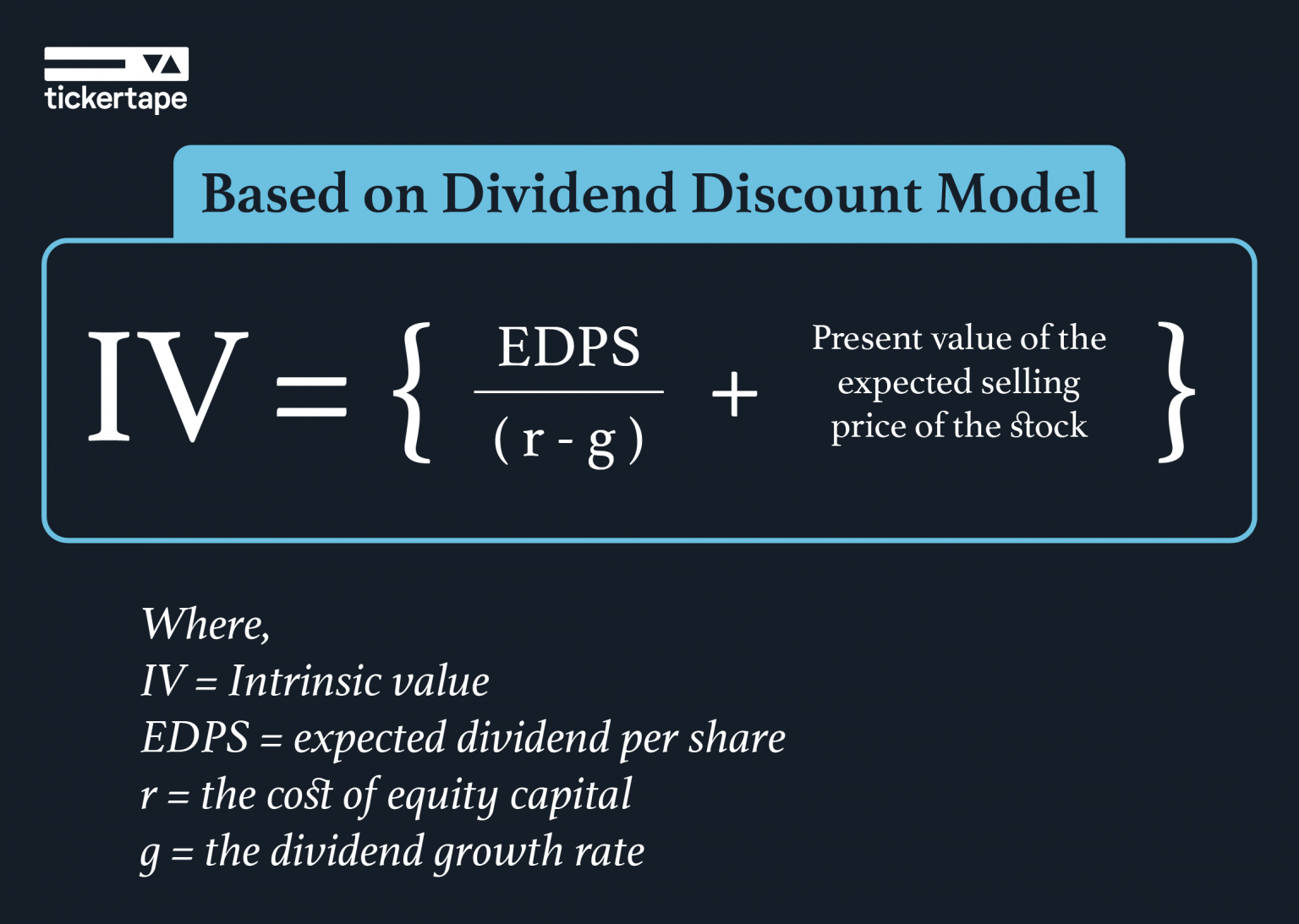
The pricing method used by the calculator is based on the current dividend and the historical growth percentage. This free online Stock Price Calculator will calculate the most you could pay for a stock and still earn your required rate of return. Retained earnings are how much the company keeps after it has paid out expenses and dividends. If the same assumptions are applied for the next year, the end-of-period shareholders equity balance in 2022 comes out to $700,000. In contrast, early-stage companies with a significant number of promising growth opportunities are far more likely to keep the cash (i.e. for reinvestments). Under a hypothetical liquidation scenario in which all liabilities are cleared off its books, the residual value that remains reflects the concept of shareholders equity.
How comfortable are you with investing?
The residual amount left to the owners is known as shareholders’ equity and is represented by a company’s shares. Because common stocks are publicly traded, practically anyone can invest in them. Corporate finance professionals, such as investment bankers, may use common stock prices on the exchange as an indicator of a company’s performance. Additionally, one aspect of investment banking is bringing private companies through the initial public offering (IPO) process, making the company public. Preferred stock is a distinct class of stock that provides different rights compared with common stock.
Exploring Common Stock in Relation to Assets and Liabilities
In this situation, it is necessary to give the service a specific value (Monetary value). As an illustration, the XYZ startup agrees to pay the $30,000 in attorney fees through the issuance of equity. The amount of equity to be issued is $3 per share ($2 is the value of the PAR, and $1 is above the PAR). One downside of common stock is that it’s the lowest rung on the payment plan if things go wrong.
What Is Book Value Per Common Share?
Investors who wish to compare the P/S ratios of different companies should be careful to only compare P/S ratios of companies with similar business models. Across industries, accounting business management and tax news P/S ratios can vary greatly because sales volumes can vary greatly. Companies in industries with low profit margins typically need to generate high volumes of sales.
How Do Stock Buybacks Impact Shareholders Equity?
Every company has an equity position based on the difference between the value of its assets and its liabilities. A company’s share price is often considered to be a representation of a firm’s equity position. From there, scroll down until you find the section in the 10-Q or 10-K called “Capital Stock.” All the details you need will be there. You’ll also see the various other stock categories, so don’t let that confuse you. One possible point of confusion we still need to mention is stock given to employees as compensation, typically in some combination of restricted stock, options, or equity grants.
Make sure to research stocks thoroughly before buying them to make sure you understand the potential upsides and downsides of the investment. Because book value per share only considers the book value, it fails to incorporate other intangible factors that may increase the market value of a company’s shares, even upon liquidation. For instance, banks or high-tech software companies often have very little tangible assets relative to their intellectual property and human capital (labor force).
Once this percentage is added, the result is referred to as the required rate of return. The British East India company used the same practice to expand its empire. Common stock is different from preferred stock because the former type of stock allows voting rights to the holder.
- U.S. generally accepted accounting principles (GAAP) require marketing costs to be expensed immediately, reducing the book value per share.
- A company’s share price is often considered to be a representation of a firm’s equity position.
- 1.Common Stocks– An investor can purchase both types of stocks when available as both have their own privileges.
- NerdWallet, Inc. is an independent publisher and comparison service, not an investment advisor.
Most financial websites report P/E ratios that use GAAP-compliant earnings numbers. Next, you’ll need to decide specifically how you want to invest in common stock. Index mutual funds and exchange-traded funds allow investors to buy dozens or hundreds of individual stocks in a single investment and can be convenient for building a long-term portfolio. It happens when a company buys shares of its own stock from other investors.

This investor will get $100 (1,000 shares X $0.10) in dividends if the company announces a $0.10 per share dividend. Let us look at some of the differences between common stock and preferred stock. The snapshot below represents all the data required for common stock formula calculation. When developing your safety stock strategies, you must consider several factors that can impact your inventory levels covered above. One of the primary issues related to keeping safety stock is finding the right balance between holding too much and too little inventory for safety purposes. With these formulas, you can ensure that your inventory levels are neither too high, leading to increased holding costs, nor too low, resulting in potential stockouts and lost sales.
However, because of how they differ from common stock, investors need a different approach when investing in them. Both common stock and preferred stock have pros and cons for investors to consider. For a company to issue stock, it initiates an initial public offering (IPO).
